According to the United Nations World Tourism Organization, the tourism industry is a major industry, accounting for approximately 10% of the world's GDP and accounting for one in ten employees worldwide. Discussions on sustainability are progressing in various places, and it is only natural that the tourism industry will be involved in many of the 17 goals and 169 targets of the SDGs. In this session, we will discuss how SDGs affect tourism business, especially attracting tourists.
Online seminar "Gastoronomy Tour in Senshu, Osaka: from an SDGs Point of View"
Focusing on Osaka's unique food culture and spirituality of "getting things done," which has often been overlooked as a matter of course until now, Osaka's unique food culture and spirituality lead to the SDGs, we will create new ideas that "Food City Osaka" is aiming for in preparation for the 2025 Osaka/Kansai Expo. This seminar explored the state of the region, and took a new approach of food, tourism, and SDGs, based on examples from the Senshu region.
Session1Why SDGs are necessary for future tourism

(Mr. Tanaka, Director, Japan Food Culture and Tourism Promotion Organization)
PR planner/spatial producer (first-class architect) Director of Japan Food Culture and Tourism Promotion Organization Born in 1960. After working for a manufacturer, he joined Yomiuri Advertising Co., Ltd. in 1997. He led the business and content development department for about 15 years, and was involved in local government tourism PR, events, product marketing, etc. He retired from the company in 2020 and continues to work there.
read more
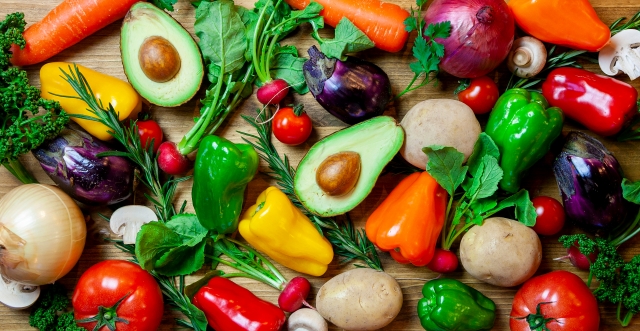
About global travel trends and SDGs
About 7-8 years ago, there was a growing awareness of global warming and reflection on overtourism, and a new approach to consideration for the environment and sustainability began to emerge. Recently, due to the influence of the coronavirus, it has suddenly emerged as one of the main themes of travel. A typical example of this is shown in the NY Times "52 Places to Visit This Year." This year's 52 locations were all selected from the perspective of SDGs, and the explanation is that "The 2022 list selects locations around the world where travelers can contribute to solving problems."
(Mr. Oshima, Jiji Press)
Worked for a total of 8 years in London and New York as economics correspondent.
He is familiar with overseas SDGs and media trends. He also works as a media coordinator and edits and supervises English articles for an inbound tourism support project for local governments.
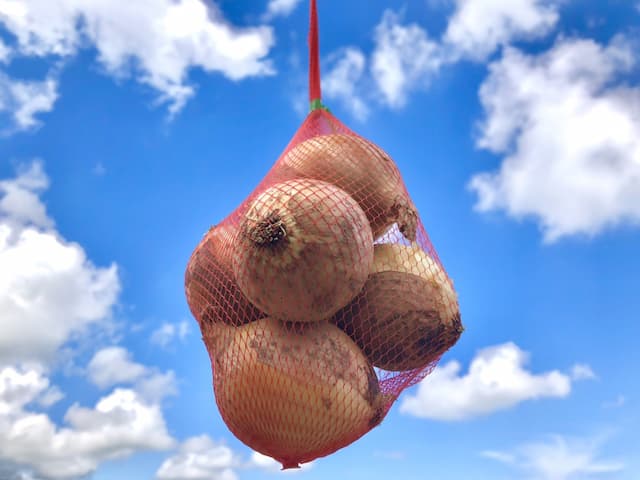
Introducing global trends in post-corona travel
Trend 1: From staycations to short-distance trips to long-distance trips? Amid successive waves of the coronavirus, interest in domestic and short-distance travel has increased in Europe and the United States, and this trend has been reflected in travel media articles. It is predicted that as travel restrictions continue to be eased, long-term trips will increase, and that the desire for "dream travel" will increase as a result of staying home for a long time. Isn't this an opportunity for Japan? Trend 2: Going where no one goes and staying for a long time? In the future, the two trends of "off-the-beaten path" and long-term stays may be combined. People want to experience "authentic" and "real" places rather than touristized places, and there may be more opportunities for areas that have traditionally been less visited by tourists. Trend 3: Expectations for sustainability and diversity promotion in the travel industry are increasing Diversity is important. How can Japan accommodate more diverse travelers? A great example is Visit Gay Oska, a website for LGBTQ travelers in Osaka, which is Japan's first full-fledged English-language website for LGBTQ travelers. Efforts such as creating creative promotional materials, providing food that takes into account religious and ethical needs, and sending out messages are also effective.
(Travel writer Rob Goss)
He contributes Japanese tourism information to National Geographic Travel magazines and other publications.
He is a finalist for the 2020 Global Travel Media Association (GTMA) Best Travel Writer Award.
He has written seven books so far, including "Japanese Inns and Hot Springs."
Session2About regional revitalization through “food”

Local gourmet food and its discovery from an SDGs perspective
(Mr. Tawara, Managing Director of Ai B League Headquarters)
Managing Director, Ai B League Headquarters, General Incorporated Association Graduated from the Department of Electronic Engineering, Tohoku University. After working at Recruit in charge of local government planning for the travel information magazine business, he became independent.
He is well versed in regional foods and has been involved in food development in over 60 regions.
2009: Secretary-General of the Ai B League, the organization that hosts the B-1 Grand Prix. Current position since 2011.
read more
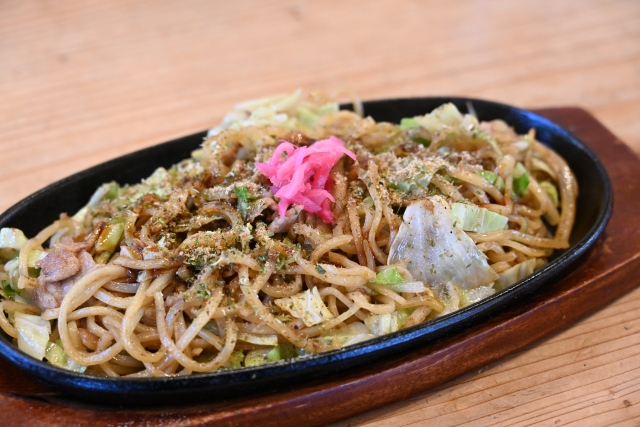
(Mr. Tawara, Managing Director of Ai B League Headquarters)
Session3Exploring the charm of food culture in the Senshu region of Osaka

Sustainable points in food culture tourism in Senshu
read more
The second point is that there are already sustainable producers. Mr. Matsuda of Naniwa Kuro Cow, who practices eco-friendly and stress-free fattening by fundamentally changing the distribution method, and other representatives of Yataya Farm, which preserves Senshu's traditional agriculture that has been around since the Edo period. , Mr. Asai at Izumi Fureai Agricultural Village, whose activities are in line with the SDGs, and other farmers working so hard are wonderful and make me want to support them. The third one is "regeneration of fisheries resources to protect fish gardens". Conger eel is a specialty of the Senshu area, but as the catch is decreasing year by year, the Okadaura Fisheries Cooperative, located across from Kansai International Airport, is focusing on conger eel farming in cooperation with Kindai University. Preserving the rich ocean and eating local fish uses less energy than importing fish, and is in line with SDG goal 14, "Protect the abundance of the ocean." In addition, the planting of trees by local fishermen to preserve the environment falls under Goal 15, "Protect the richness of the land." From a tourist perspective, if you go to the fish markets around Senshu, you can get fresh local fish and enjoy local seafood dishes, so this is a worthwhile initiative for tourists. The fourth is "Sakai's existence that has supported Japan's food culture." Sakai cutlery, which boasts a history of 600 years, is most closely connected to food culture. According to Jun Mizuno, the fifth generation owner of the Mizuno Forging Works, which was founded in 1896 and is the only swordsmith in the prefecture, almost 100% of the craftsmen at Itaba Kappo use knives made in Sakai. In addition, since knives are the most important tool that supports Japanese cuisine, which is an intangible cultural heritage, I believe that this is also connected to SDGs Goal 11, 4, "Preservation of cultural heritage."
(Mr. Tanaka, Director, Japan Food Culture and Tourism Promotion Organization)
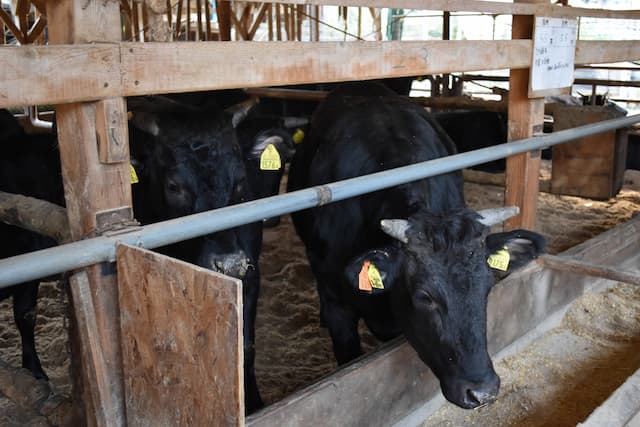
A trip to Senshu is interesting if you consider it a backstage tour.
(Mr. Oshima, Jiji Press)
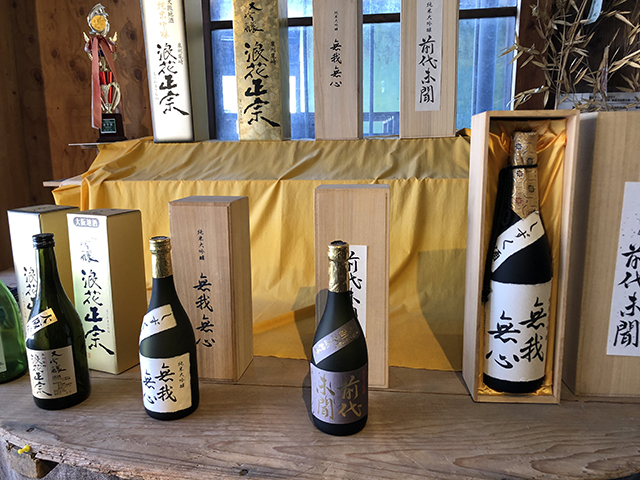
Impressions of the site visited, including an SDGs perspective
(Travel writer Rob Goss)
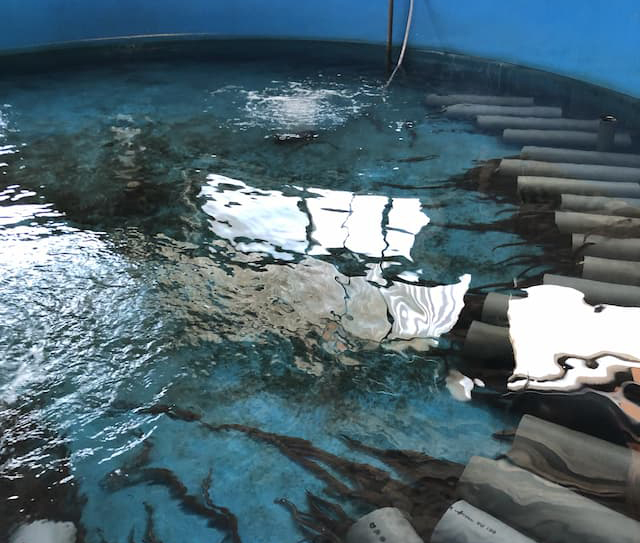
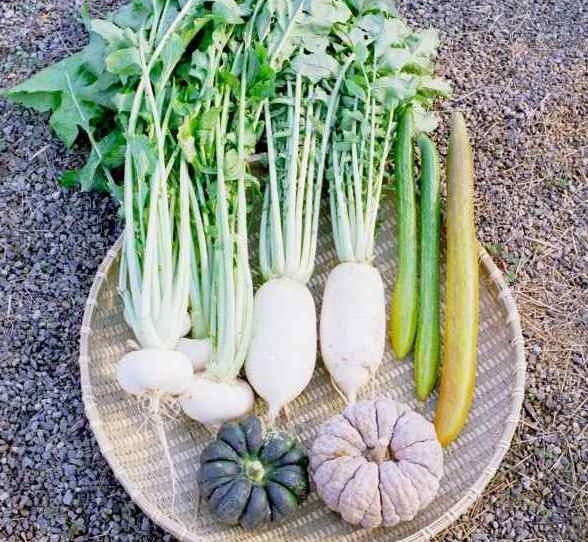
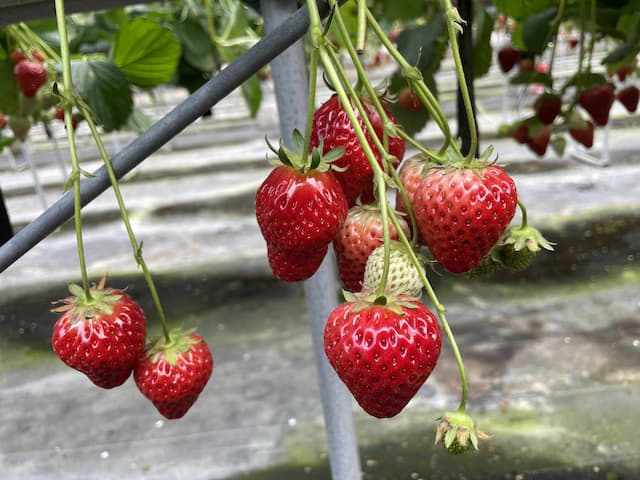
Potential of Senshu’s local menu
(Mr. Tawara, Managing Director of Ai B League Headquarters)



